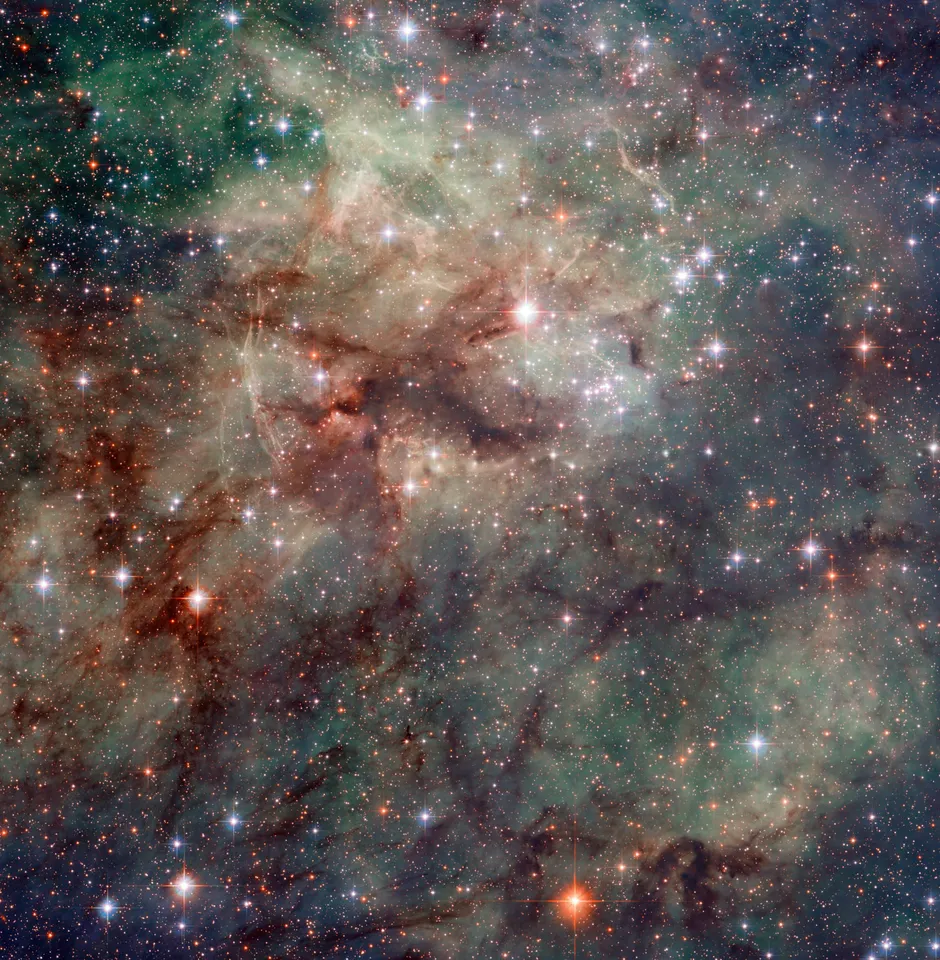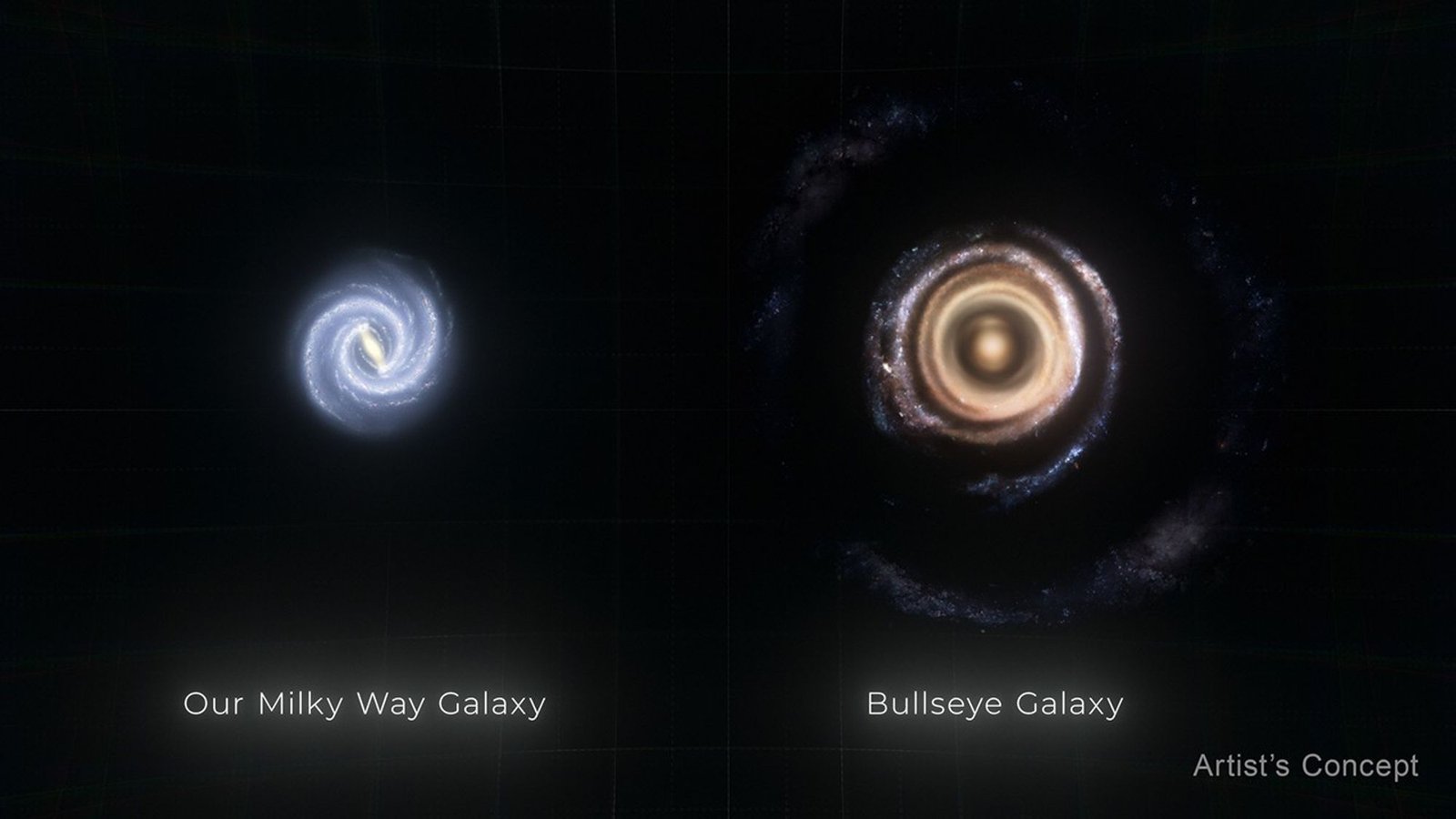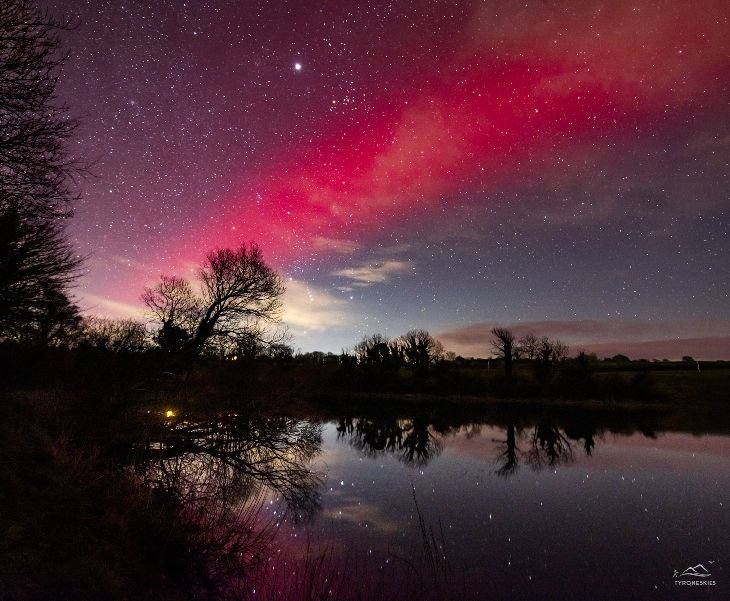Putting the universe into perspective
But before we blast off into the cosmic deep end, let me give you fair warning. This journey is going to mess with your head in ways you’re not prepared for. The numbers we’re dealing with are so large that mathematicians had to invent new ways to write them down. The concepts are so bizarre that they sound like science fiction, except they’re not. They’re the cold, hard reality of the universe we actually live in. So, if you’ve ever wondered just how insignificant you really are, or if you want to experience what it feels like to have your entire world view completely demolished and rebuilt, then stick around because what you’re about to learn will change how you see everything forever…






